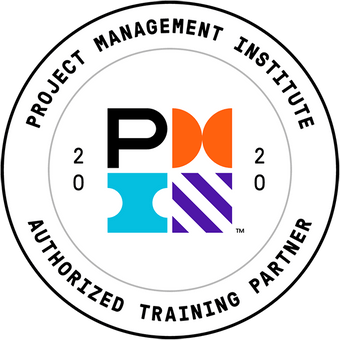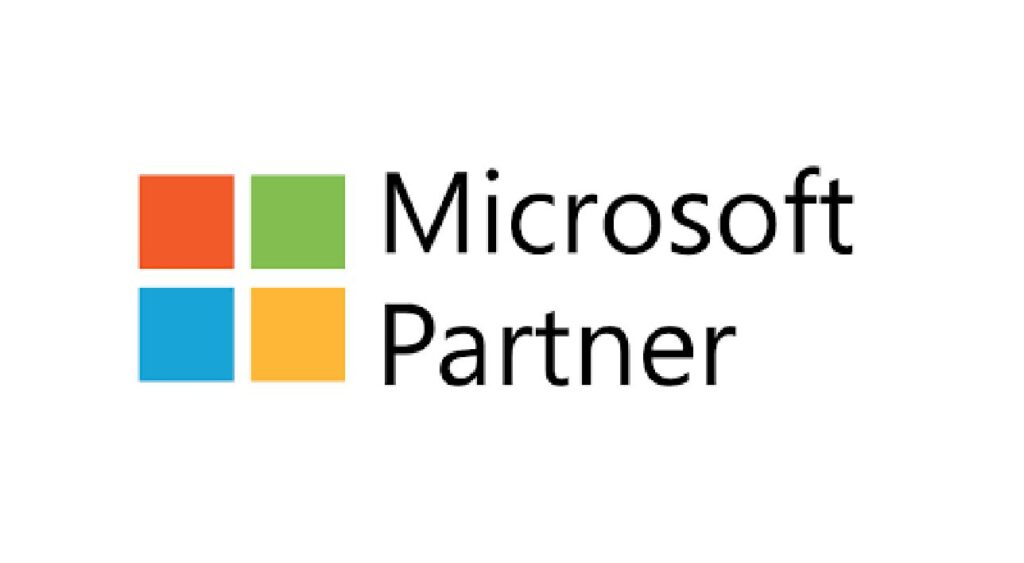This course is based on The Project Management Institute, A Guide to the Project Management Body of Knowledge (PMBOK® Guide) – Seventh Edition, Project Management Institute, Inc., 2021.
By the end of this Project Management Performance and Delivery course, you’ll be able to:
- Assign and allocate tasks.
- Measure performance metrics, from earned value and variance analysis to forecasting results.
- Verify performance improvement.
- Handle unforeseen project roadblocks, including scope creep, change management, and timeline constraints.
- Demonstrate deliverables to stakeholders.
- Facilitate a smooth project transition after executing changes, assessing outcomes, and delivering final reports.
- Learn the tools to deliver and close your project with 32 engaging lessons, including real-world examples and actionable exercises.
- Earn 16 PDUs or contact hours toward your Project Management education for certification with PMI.
Once enrolled, our friendly support team is here to help with any course-related inquiries.
Summary
- Skill level: Intermediate
- Lessons: 32
- Pre-requisites: None
- Estimated study time: 2h 58m
- Certificate: Yes
- Accredited by: CPD
- Versions supported: PMBOK 7th Edition
- Video duration: 16h for all materials
Features
Premium video tutorials
Personalized Learning
Learn at your own pace
Tests and Quizzes
Award winning instructors
Get Certified
Mobile - Learn on the go
Regularly updated content
Accreditations & Approvals
All courses under each learning path are accredited and approved by one or more of the following bodies as is applicable.



Instructors
All courses are taught by reputed trainers with relevant accreditations and industry experience.
Modules
Task Accountability
Task Accountability is the project management activity associated with ensuring the successful completion of project activities.
Contractor and Vendor Execution
Contractors and vendors are often used to accomplish project tasks. The complexity, uniqueness, and uncertainty of the activity will determine the nature of the relationship between the project team and the contractor or vendor.
Sprint Execution
Sprint execution is the actual work of the Scrum team during the Sprint to accomplish the tasks needed to complete each Story in the Sprint Backlog.
Quality Control – Quality Assurance
Quality management on projects are processes and tools that aid the project core team and the organization in their effort to both do the right things and do things the right way on projects. It includes a focus on both corrective actions and preventive actions.
Sprint Demonstration
The Sprint Demonstration is the formal meeting where the Scrum Team demonstrates to the Product Owner the performance of each deliverable that was created during the Sprint.
Stakeholder Acceptance
Understand how to gain stakeholder acceptance during project closeout and learn how to create and use a Punch List.
Verify Objectives are Met
A project is formally approved because of a business-level impact. That impact should be verified as the project nears closeout.
Verify Performance Improvement
In addition to completing the project goals and objectives, an attribute of project performance is the performance of the members of the project team. Each team member should have continued to develop their own skills and leadership.
Project Team Dysfunctions
Since project teams are comprised of people, there are times when the project team will become dysfunctional. Team members begin to violate team ground rules and team cohesion and trust are undermined. In this lesson, we discuss a framework for recognizing this and addressing dysfunctional behavior.
Measuring Compliance
Attributes of governance and compliance were discussed in planning. However, it is during project execution that compliance is demonstrated. In this lesson, we discuss the techniques to be used to monitor the level of compliance on a project.
Achieving Compliance
Depending upon your organization’s culture, compliance may be a primary value or it may only be treated as a minor element of project management. In this lesson, we discuss the compliance mindset and multiple methods for strengthening compliance on your project.
Survey Business Environment
There are a growing number of things outside the control of the project team in today’s business environment. The project manager must monitor the industry and organization to assess the impacts. Risk management has expanded to include items outside the control of the project team.
Confirm Project Compliance
Project compliance with all appropriate standards, regulations, policies, and requirements documents is the responsibility of the project team. However, typically an independent review of compliance, in the form of a project audit, is done to confirm compliance.
Project Dashboards
Learn how to create and use a project dashboard to communicate project status with both management and your project team.
Earned Value Planning
Earned Value Management is a comprehensive project management technique that combines scope, schedule and resource management into one set of measures. It starts with task-level planning.
Setting Earned Value
Earned Value Management is a comprehensive project management technique that combines scope, schedule, and resource management into one set of measures. An element, in fact, the element that provides the name of the technique, is the setting of Earned Value.
Variance Analysis
Variance occurs when the actual situation is different from the planned or expected situation. In projects, variance analysis applies to schedule variance and cost variance. It determines both why the actual situation is different than what was planned and the impact that will have on the project.
Forecasting Project Results
Since projects seldom go exactly as planned, part way through a project the project team is typically asked to estimate how much time and money are required to complete the project.
Issue Resolution
Issues are any request, complaint, or unexpected condition that leads to unplanned, but in scope, work that must be accomplished on a project. They normally result in the need to implement a workaround in order to resolve them.
Roadblocks
Roadblocks are impediments that prevent the Scrum Team from completing Stories and tasks. The Scrum Master is charged with removing or creating a workaround for the Roadblocks.
Contingency and Triggers
Contingencies are potential risk response actions that will only be implemented if some triggering event or condition has shown that the risk probability has gone from unlikely to likely.
Scope Creep
Scope creep is the uncontrolled expansion to project scope without adjustments to time, cost, and resources.
Project Acceleration
There are several approaches a project team can take to accelerate project tasks. Each approach has its own unique characteristics and risks.
Baseline Management
The project performance is tracked against an integrated set of project baselines that support the achievement of the project’s triple constraint goals and objectives.
Change Planning
The unique nature of projects leads to an inherent level of uncertainty. Project managers should expect and plan for project change.
Project Change
A formal documented modification to the project baseline, boundaries, or an artifact.
Lessons Learned
Lessons Learned are a retrospective look at a project, or phase of a project, to identify best practices to be repeated and performance gaps to be improved.
Retrospective
The Sprint Retrospective is a lessons learned meeting with a focus on identifying opportunities to improve the performance and management of the next Sprint.
Refinement
The Backlog Refinement is the update of the Product Backlog based upon what has been completed and what has been learned in a recently completed Sprint.
Transition to Business
To fully realize the benefit of a project, often business systems need to change to implement the project results. This transition can be a challenging aspect of the project.
Final Report
In many organizations, a final report is prepared after all project activities have been completed and the impact of the project results have been demonstrated in business performance metrics.
Administrative Closeout
In addition to transitioning the result of the project into the organization’s operations, projects often have accounts, systems, and resources that must be closed or disposed of before the project is fully closed.
Target Audience
- Graduates exploring placement in the entry-level Project Management positions across industries
- Professionals needing upskilling to be future-ready or become more productive in their current roles
- Experienced individuals exploring Project Performance and Delivery roles to join the workforce
How do I Access The Program
- Buy the course online
- Save your payment transaction receipt for any future reference
- Our team will share the credentials to enable you access your course online within 2 business days of payment transfer
Bulk Orders
Incase you are looking for bulk user licenses, or customized Learning Paths for various Job Roles, reach out to us with your detailed requirements.






Reviews
There are no reviews yet.